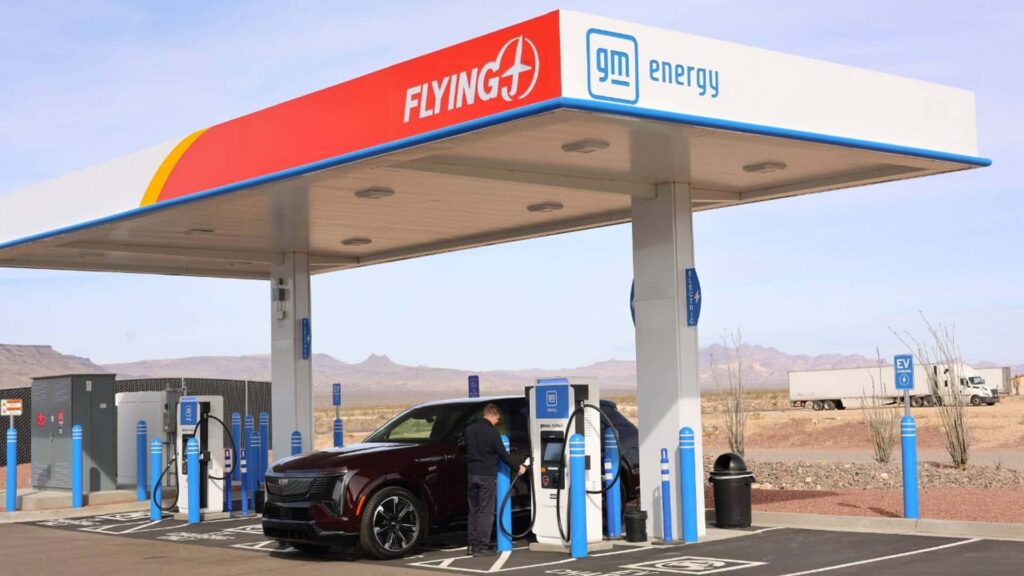Electric vehicle sales have seen a massive surge in recent years, with over 3 million electric vehicles hitting the roads in the United States over the last three calendar years. However, a major concern that arises with the increasing popularity of electric vehicles is whether America’s public EV charging infrastructure is keeping pace with the growing demand. This is a crucial question to address, as the availability of charging stations plays a significant role in the widespread adoption of electric vehicles.
Analyzing the ratio of EV chargers to EVs across the country may not provide a comprehensive picture of the situation, as highlighted by Loren McDonald, the chief analyst at Paren, a charging data firm. For instance, states like Oklahoma may have a high number of chargers but low EV adoption rates, which does not necessarily translate to an ideal situation for EV owners. McDonald emphasizes the importance of examining the utilization rates of charging stations in key markets to gauge the adequacy of the charging infrastructure.
Paren recently released a report on the state of the EV charging industry, focusing on the utilization of EV fast chargers during peak hours in major markets. The findings revealed that cities like Las Vegas had a high utilization rate of 43.3%, indicating a potential need for more charging stations to meet the demand. On the other hand, cities like Columbus, Ohio, had a lower utilization rate of 14.3%, suggesting that the existing infrastructure may be sufficient to cater to EV owners in those areas.
Despite varying utilization rates across different markets, McDonald believes that the overall charging infrastructure in the U.S. is robust, especially in core markets where EV adoption is higher. The average utilization rate exceeding 25% in several markets is a positive sign for the EV charging industry, indicating a shift towards what McDonald refers to as “Charging 2.0.”
One notable trend in the EV charging industry is the entry of major players, including convenience store and gas station chains like Wawa, Sheetz, 7/11, BP, and Circle K, who are investing in EV charging infrastructure to capitalize on the increasing demand. Car manufacturers such as Mercedes-Benz, Rivian, and Ionna are also launching their own charging networks to enhance the charging experience for EV owners.
Paren’s report also highlights improvements in EV charger reliability among non-Tesla sites, with a growing number of charging stations being equipped with multiple ports to accommodate more vehicles simultaneously. Despite these advancements, rural areas in America still face challenges in accessing sufficient charging infrastructure, exacerbated by uncertainties surrounding funding from the National Electric Vehicle Infrastructure (NEVI) program.
The fate of the NEVI program, which aimed to subsidize the buildout of fast-charging stations along major travel corridors, remains uncertain, potentially impacting the expansion of charging infrastructure in underserved areas. With a focus on high-demand regions where profitability is more certain, charging firms may inadvertently widen the charging infrastructure divide, hindering EV adoption in certain regions.
In conclusion, while the EV charging industry has made significant strides in improving infrastructure and reliability, there are still challenges to overcome, particularly in rural areas. The ongoing developments in the industry, coupled with the entry of new players and advancements in charging technology, signal a positive trajectory towards a more robust and accessible EV charging network nationwide.

